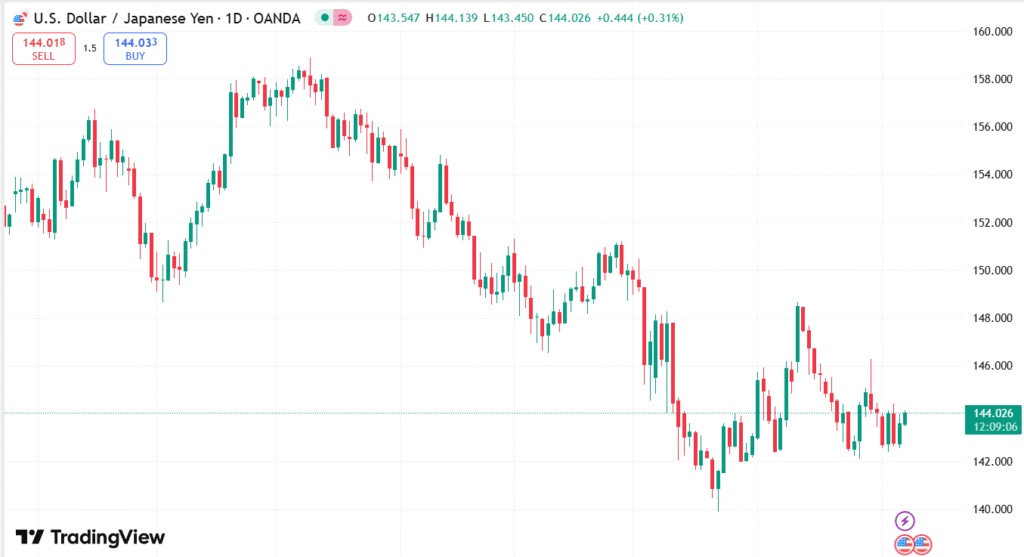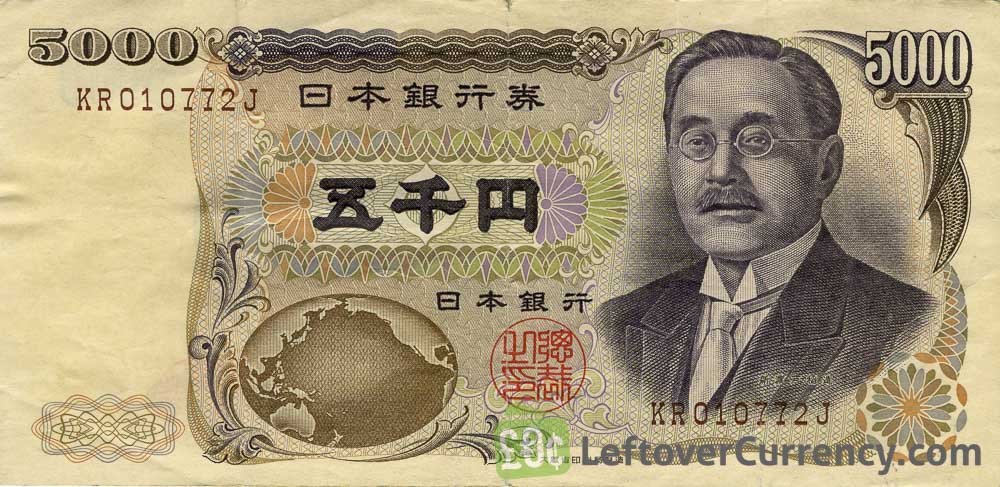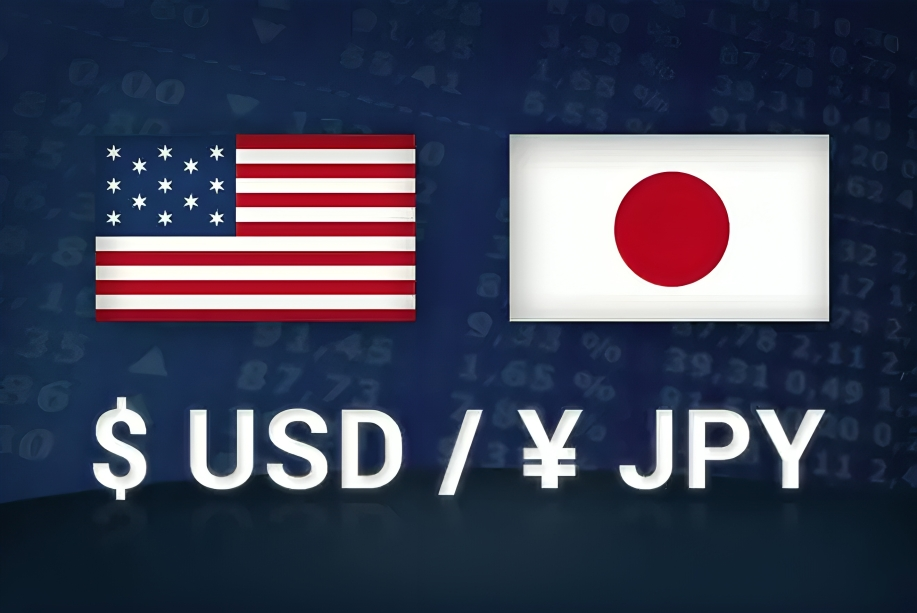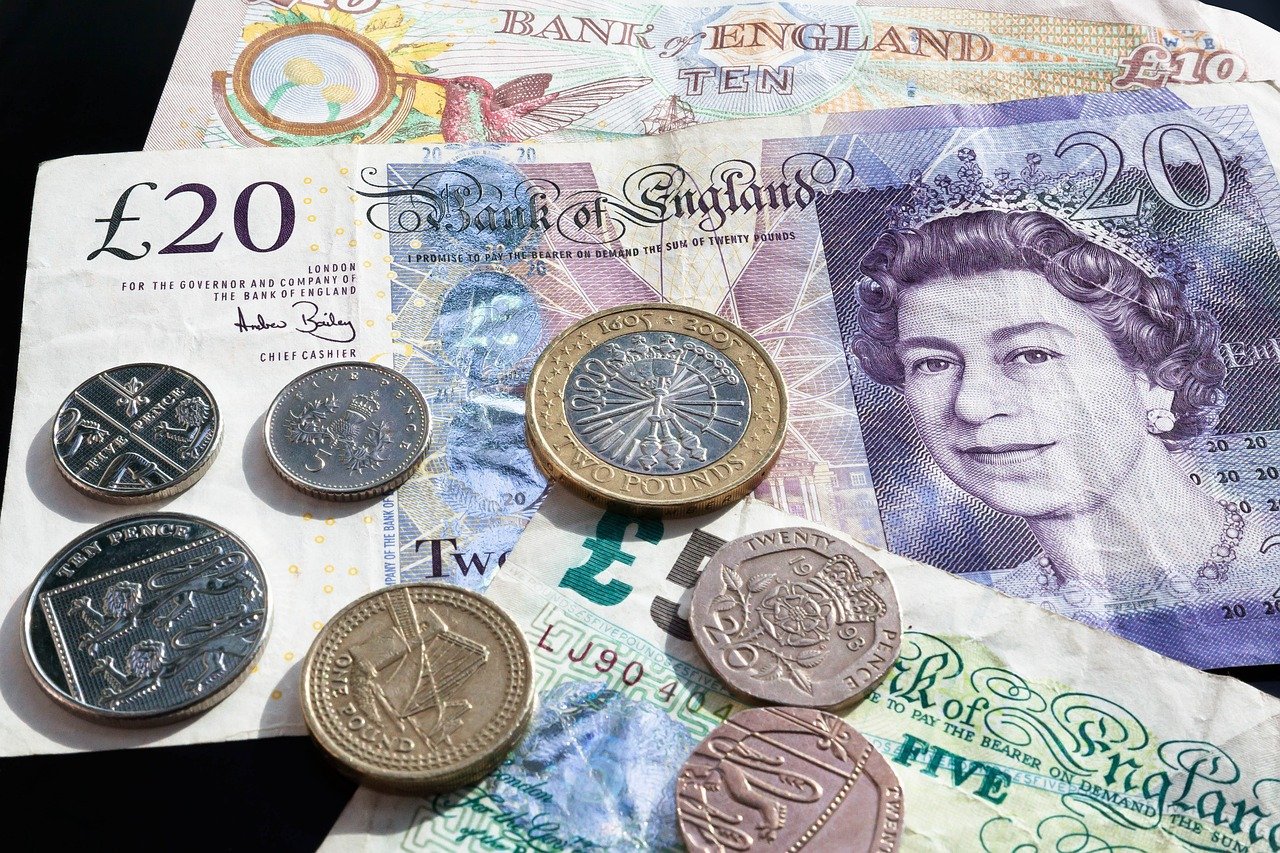Japanese Yen continues to be under pressure for the second day in a row with dismal domestic data coupled with increasing hopes over US-China trade negotiations detracting from the safe-haven currency. Meanwhile, the US Dollar stays supported ahead of the crucial Nonfarm Payrolls (NFP) report, though gains remain limited due to growing expectations of a Fed rate cut later this year. In spite of the prevailing bearishness surrounding the Yen, the disparity between the monetary policies of the Bank of Japan and the Federal Reserve, as well as ongoing geopolitical concerns, could assist in limiting further declines in the JPY and limiting substantial upside to the USD/JPY pair.
KEY LOOKOUTS
• Market players are keenly observing the release of future US Nonfarm Payrolls figures, which might have a considerable impact on USD/JPY direction based on the strength of the labor market and implications for Federal Reserve policy.
• Speculation that the Bank of Japan might continue to hike rates as the Federal Reserve ponders cutting in 2025 might cap USD upside and underpin JPY resiliency on the medium term.
• The USD/JPY currency pair is probing important resistance at the 144.00 level, and a breakout above it—especially above 144.40—can be seen as a sign of fresh bullish momentum.
• Declining Japanese household spending and wages increase recession possibilities, which can weaken consumer activity and negatively impact JPY sentiment unless met with accommodative policy actions.

Japanese Yen continues to decline against the US Dollar as a mix of weak Japanese economic data and upbeat sentiment regarding US-China trade relations suppresses demand for the safe-haven currency. The USD/JPY pair is still underpinned, though momentum is subdued ahead of the US Nonfarm Payrolls (NFP) release, which may tilt expectations for future Fed policy actions. As the Yen is under downward pressure, losses for it could be capped by the Bank of Japan’s growing hawkish attitude and ongoing geopolitical risks that might revive demand for safe-haven assets.
The Japanese Yen is under pressure in weak domestic data and stronger US Dollar in the run-up to the NFP report. Nevertheless, BoJ’s hawkish bias and global tensions might limit additional JPY losses. Traders remain cautious around crucial technical levels.
• The Japanese Yen is still on the backfoot for the second consecutive day on account of disappointing domestic spending and wage figures.
• The US Dollar receives support from repositioning in anticipation of the pivotal US Nonfarm Payrolls (NFP) report.
• Divergent policy expectations—BoJ tilting hawkish, Fed anticipating rate cuts in 2025—may cap any further USD/JPY gains.
• Hopes regarding resumed US-China trade talks diminish the safe-haven demand for the Yen.
• The 144.00 and 144.40 levels are pivotal resistance levels for USD/JPY, with bullish strength depending on a breakout.
• A fall below 142.75 may open up the pair to further losses towards the support area of 141.60.
• US fiscal worries and global tensions can prevent the JPY from falling sharply, acting as a safeguard for the currency.
The Japanese Yen is currently under pressure downwards as recent economic figures from Japan indicate slowing consumer expenditure and falling real wages. These trends are of concern to Japan’s economic prospects, particularly as private consumption contributes a major percentage of the nation’s GDP. Concurrently, increased hopes about the return of US-China trade negotiations have reduced the appeal of the Yen as a safe-haven currency, and investors have turned towards riskier assets. In the meantime, the US Dollar is still relatively firm as traders look towards the release of the US Nonfarm Payrolls (NFP) soon, which will be an important gauge of the US labor market’s health and can have an impact on subsequent Federal Reserve policy making.
USD/JPY DAILY PRICE CHART

CHART SOURCE: TradingView
Despite the current pressure on the Yen, expectations that the Bank of Japan will maintain a tighter monetary policy contrast with the Federal Reserve’s potential rate cuts next year, creating a policy divergence that could limit further depreciation of the Yen. Additionally, ongoing geopolitical risks and concerns about global economic stability continue to support demand for safer assets, including the Yen. Japan-US trade talks are also advancing, as Japan has put on the negotiating table a more flexible US auto tariff approach that could further impact currency trends. Overall, while the Yen is strained in the short run, there are many factors that could stabilize the currency in the future.
TECHNICAL ANALYSIS
USD/JPY pair has been consolidating within a specific range, establishing a pattern since the beginning of the week. Strong resistance is seen at the 144.00 and 144.40 levels, the latter of which closely corresponds to the 100-period Simple Moving Average (SMA) on the 4-hour chart. A clean break above those levels might reflect a change in favor of bullish traders, who might send the pair to the psychological 145.00 level. On the negative side, support levels near 143.50, 143.00, and below near 142.70 and 141.60 will be pivotal in deciding whether bearish pressure continues. Oscillator indices indicate mild bearish inclination at the moment, meaning that any rallies will encounter selling interest at resistance levels.

FORECAST
The short-term USD/JPY outlook indicates cautious upside potential if the pair is able to convincingly break and hold above the important resistance of 144.40. A move up could be bullish, prompting traders to drive the pair towards the next psychological hurdle at 145.00. The scenario would be supported by firm US economic numbers or increased risk appetite, maybe fueling additional USD strength versus the Yen.
In contrast, if USD/JPY is unable to break resistance and instead drops below support levels around 143.50 and 143.00, the pair may encounter fresh selling pressure. An extended drop below 142.70 may intensify the downtrend, exposing lower support areas around 142.10 and 141.60. This bearish scenario would be driven by poorer US data, rising risk aversion, or rising bets for a more dovish Federal Reserve, which would favor the lower-yielding Yen.







